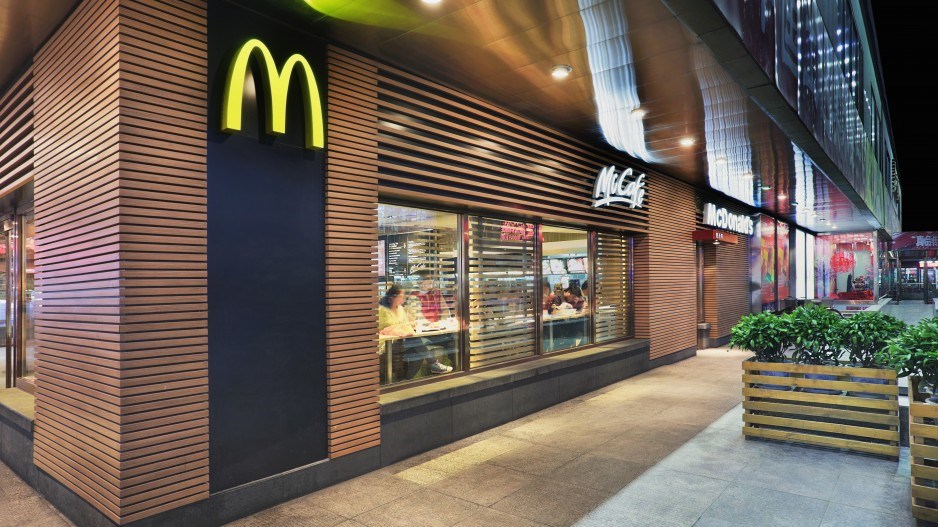The federal government introduced sweeping new changes to Canada’s controversial temporary foreign worker program June 20 — but the overhaul has satisfied neither employer groups nor unions.
The changes include capping the number of temporary foreign workers, increasing the application fee, stricter enforcement and restrictions on the program’s use in regions with an unemployment rate greater than 6%.
In B.C., that currently includes every region except the Lower Mainland/Southwest.
The program will also be broken out into two streams. One stream will be for low-skilled temporary foreign workers, with the objective to fill low-skilled jobs when employers can’t find qualified Canadians. The second “international mobility program” will be for highly skilled workers who are deemed “to advance Canada’s broad economic and cultural interest.”
Ian Tostenson, president of the B.C. Restaurant and Foodservices Association, called the changes “perplexing.”
“It’s not going to be a huge disaster for industry but…if you’re a restaurant in some of these areas that you haven’t got any workers, that’s a huge disaster,” Tostenson told Business in Vancouver.
In recent years, the restaurant industry in B.C. and Alberta have been particularly heavy users of the program. Allegations of worker exploitation in a Tim Hortons in Fernie, followed by media stories about a McDonald’s franchisee in Victoria who allegedly hired temporary foreign workers instead of qualified Canadians, led to a ban on restaurants using the program starting this April.
As of today, that ban has now been lifted.
The restaurant industry has been adamant that restaurants, and especially fast food franchisees, need the program in order to fill hard-to-fill shifts, like night shifts.
Tostenson said some B.C. restaurants have had to curtail hours of operations because the owners couldn’t find enough workers.
In his announcement of the changes June 20, federal employment minister Jason Kenney repeated comments that businesses should not build a business model around reliance on the temporary foreign worker program.
“These changes do very little to address the fundamental flaws of the program,” said Jim Sinclair, president of the B.C. Federation of Labour.
The changes will allow more sectors to apply to the program, Sinclair said, and do not address whether temporary foreign workers should be put on a path to permanent residency.
Sinclair pointed out that the number of temporary foreign workers allowed into B.C. — 74,219 in 2012, up from 22,204 in 2003 — now surpasses the number of permanent residents allowed into B.C. each year. That number has held steady at around 36,000 a year.
B.C. Unemployment Rates by Region, May 2014
@jenstden




